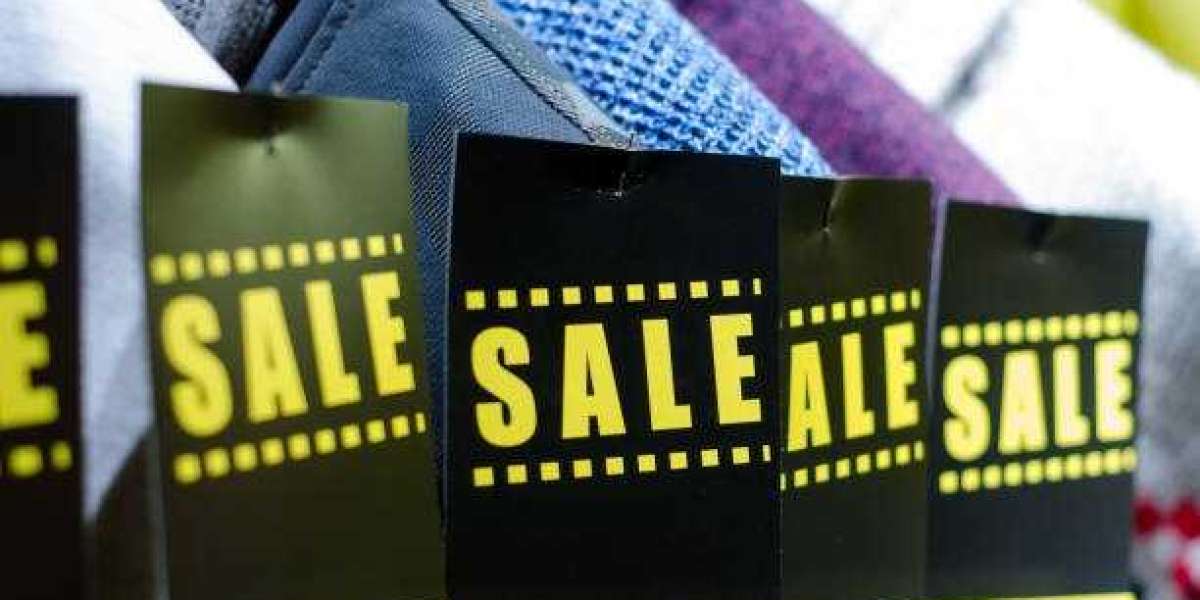In an increasingly interconnected global marketplace, the issue of counterfeit goods poses a significant threat to both consumers and brands alike. Counterfeiting not only undermines revenue streams for legitimate businesses but also jeopardizes consumer safety and trust. As we navigate the complexities of modern commerce, the importance of robust anti-counterfeit solutions has never been more pronounced.
Understanding the Scope of Counterfeiting
Counterfeit products span a wide range of industries, from luxury goods and pharmaceuticals to electronics and automotive parts. These products often mimic the appearance of genuine items but are manufactured with substandard materials or lack the quality controls of their authentic counterparts. According to recent reports, the global trade in counterfeit goods is estimated to reach trillions of dollars annually, highlighting the scale of the problem.
The Impact on Consumers and Businesses
For consumers, purchasing counterfeit goods can lead to a host of negative consequences. Beyond the obvious financial loss associated with buying a product that fails to meet expectations, counterfeit items can pose serious health and safety risks. For instance, counterfeit pharmaceuticals may lack the active ingredients necessary for treatment or contain harmful substances. Similarly, counterfeit electronics can malfunction, posing fire hazards or compromising data security.
From a business perspective, the ramifications of counterfeiting are equally severe. Revenue losses due to counterfeit sales can erode profits and hinder investment in innovation. Moreover, brands risk damage to their reputation and consumer trust when counterfeit products are mistaken for genuine articles. This loss of trust can be particularly damaging in industries where safety and reliability are paramount.
The Evolution of Anti-Counterfeit Technologies
To combat the proliferation of counterfeit goods, businesses and governments are increasingly turning to advanced anti-counterfeit solutions. These technologies encompass a diverse array of approaches, each designed to authenticate products and protect against illicit replication:
Track-and-Trace Systems: Utilizing unique identifiers such as RFID tags or serial numbers, track-and-trace systems enable real-time monitoring of a product’s journey from production to point of sale. This transparency not only deters counterfeiters but also facilitates rapid identification of counterfeit items in the supply chain.
Holographic Labels and Watermarks: Incorporating anti-counterfeit labels or watermarks into product packaging provides a visible deterrent against counterfeiting. These features are difficult to replicate accurately and serve as an immediate indicator of authenticity for consumers and inspectors alike.
Blockchain Technology: Leveraging blockchain’s decentralized ledger system, brands can create immutable records of a product’s provenance and transaction history. By enabling secure, transparent, and tamper-proof data storage, blockchain technology enhances supply chain integrity and builds consumer confidence in product authenticity.
Smartphone Authentication Apps: Many brands now offer smartphone apps that allow consumers to scan product codes or labels to verify authenticity. These apps provide instant feedback on whether a product is genuine, empowering consumers to make informed purchasing decisions.
Regulatory and Enforcement Measures
Beyond technological solutions, regulatory frameworks and enforcement efforts play a crucial role in combating counterfeiting. Governments around the world are implementing stricter intellectual property laws and increasing penalties for counterfeiters. International cooperation through organizations like Interpol and the World Customs Organization facilitates information sharing and enhances cross-border enforcement capabilities.
The Consumer Perspective
For consumers, the rise of anti-counterfeit solutions represents a positive step towards ensuring product safety and authenticity. By choosing brands that invest in robust anti-counterfeit measures, consumers can mitigate the risks associated with counterfeit goods and support ethical business practices.
Looking Ahead: Innovations and Challenges
As we look to the future, the landscape of anti-counterfeit technologies continues to evolve. Innovations such as DNA-based markers, nanotechnology, and artificial intelligence hold promise for further enhancing product authentication and detection capabilities. However, challenges remain, including the cost of implementing sophisticated anti-counterfeit measures and the ongoing adaptability of counterfeiters to circumvent new technologies.
Conclusion
In conclusion, the role of anti-counterfeit solutions in 2024 and beyond is pivotal in safeguarding consumer trust and protecting brand integrity. Through a combination of technological innovation, regulatory support, and consumer education, stakeholders can work together to mitigate the pervasive threat of counterfeit goods. By investing in anti-counterfeit strategies, businesses not only protect their bottom line but also uphold their commitment to delivering safe, authentic products to consumers worldwide.













